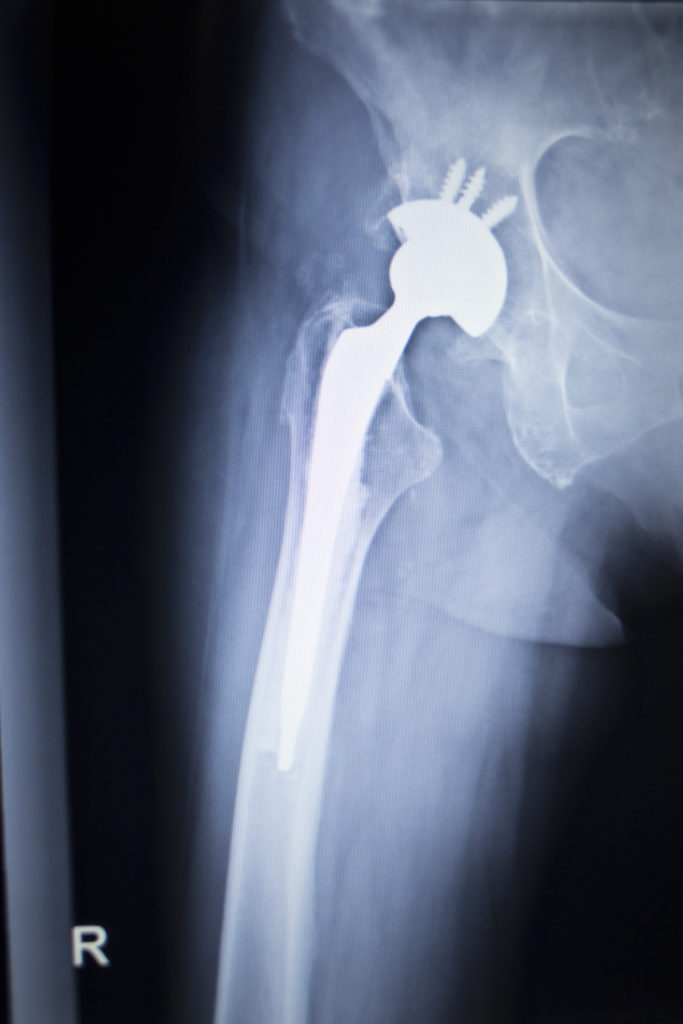70 years ago titanium began to be used for orthopedic implants. As technology progressed and titanium became more available, the metal was employed for the development of shoulder joints and hip sockets. Even dental implants and hearing aids are made from titanium, with a guaranteed longer service life (in comparison to other materials). Titanium, a common choice for orthopedic implants Manufacturers started to use titanium for orthopedic implants, as they recognized the natural properties this metal had to offer.
It had an incredible strength-to-weight ratio, excellent corrosion resistance and, most importantly, it was 100% biocompatible. It was soon discovered that titanium even promoted the osseointegration process, developing a physical bond with the bone (no additional adhesive substances necessary). Moreover, it was determined that titanium implants could withstand high energy forces (no breakage). They did not react to the environment in which they were placed and lasted for a long period of time (no replacement required in some cases).
It is a well known fact that titanium is an inert metal, thanks to the protective oxide film that forms upon being exposed to oxygen (natural occurrence). The metal is resistant to damage caused by bodily fluids and tissues, which means it will not be rejected by our bodies.
For this reason, you will see titanium being used for cranial plates, elbow and knee joints and even ribs. Bone screws, staples and cables can be made from titanium. All orthopaedic implants developed from titanium provide excellent support to broken bones, facilitating the fixation process.
